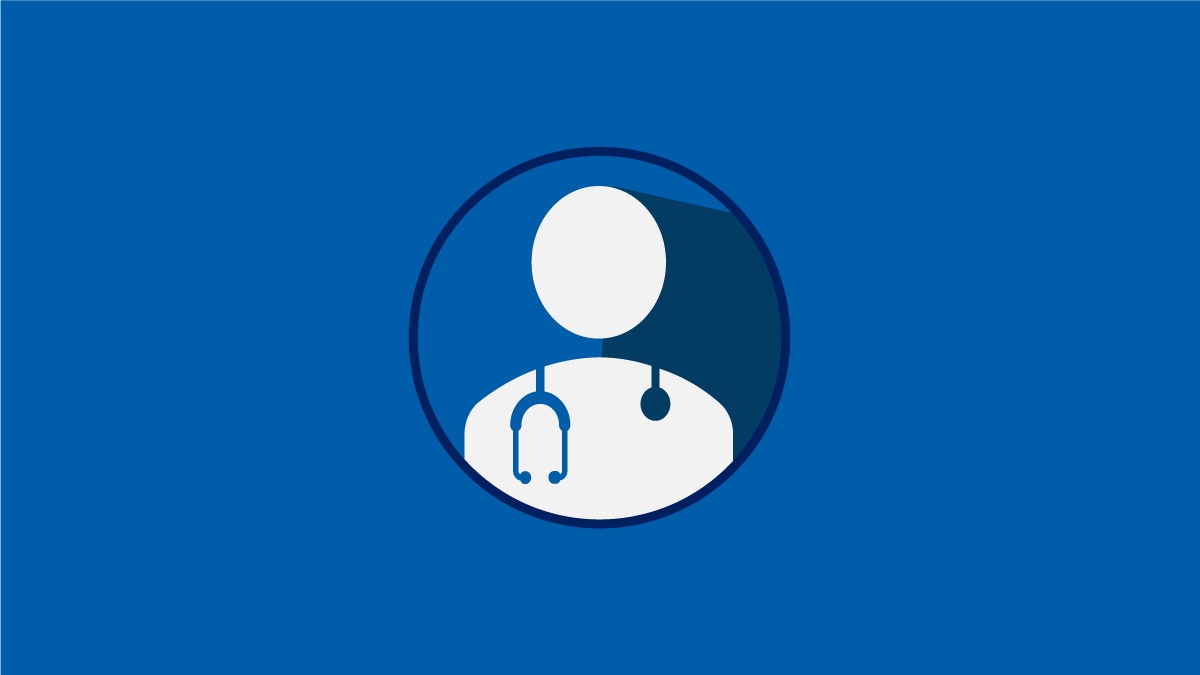What to know
As a person working in health care, you can help your patients, employees, and community access the immediate and long-term benefits of physical activity.

Overview
Most U.S. adults report visiting a health care professional at least once during the year. These encounters give health care organizations and professionals a unique opportunity to promote physical activity with their patients.
Health care professionals can assess and advise patients on the many benefits of physical activity, how much physical activity they need, and how to do it safely. You can also help connect patients to community-based physical activity programs and resources.
As employers, health care systems can provide employees with individual and social supports for physical activity.
Health care systems may be governmental or nonprofit entities with a significant and stable community presence. Their influence can facilitate partnerships with other institutions and sectors, such as public health, transportation, land use and community design, and parks, recreation, and green spaces.
Partnerships can improve community design by creating safe and equitable access to places for walking, biking, and other forms of physical activity. Such places benefit patients, employees, and community residents.
What you can do
You can use the following strategies to encourage physical activity with your patients and in your community.
Educate people about the benefits of physical activity.
- Implement programs or refer your patients to resources to increase their physical activity.
- Offer physical activity counseling to patients who do not participate in regular physical activity.
- Develop community-clinical links to help refer patients to community resources and programs that provide safe opportunities for physical activity. For example:
Promote the design of community spaces that support safe and easy access for everyone to be physically active. Access should be available regardless of age, income, ability, or race and ethnicity.
- Create or join partnerships across sectors to help improve community designs and ensure that development decisions benefit all residents.
- Support safe, efficient, and easy-to-use public transit systems and transit development in areas not served.
- Support transportation policies and plans to create safe streets, sidewalks, and crosswalks that encourage physical activity.
- Support community planning, land use, development, and zoning policies and plans that encourage walking and other forms of physical activity. One example is building affordable housing close to other everyday destinations such as jobs, stores, parks, and health care.
Educate health professionals on how to promote walking, walkability, and other forms of physical activity.
- Include information on physical activity and behavioral counseling in training, continuing education, and accreditation processes for health care professionals.
- Tell health professionals about community social support programs for physical activity, such as Walk with a Doc.
- Establish physical activity as a key health indicator tracked by health systems and electronic health records.

What others are doing
These health care organizations and professionals are using effective strategies to increase physical activity in their communities.
Healthy by Design Coalition in Montana
Sponsored by three health care providers in Yellowstone County, this group is working across sectors to improve physical activity, nutrition, and healthy weight. They were strong supporters of the Complete Street policy in the city of Billing in 2011. The group continues to focus on ways to promote active transportation in their community. For example, the group supported their clinics to become bicycle-friendly.
Walkable Health and Wellness District Development in Connecticut
A partnership between Stamford Hospital and the Stamford Housing Authority led to the development of a wellness district. A community health needs assessment found the greatest needs in areas next to the hospital campus. The hospital and housing authority formed a coalition with 12 local youth, health, education, and human services organizations. Their collaboration has helped increase walkability, community safety, and access to health care and healthy food.
Trail Prescriptions in Pennsylvania
Hospitals in the Philadelphia region encourage physical activity through organized trail walks. Physicians can prescribe a trail to patients and lead walks on trails in the area. During the walk, physicians and other health educators offer brief presentations and answer questions about health topics such as nutrition and sleep. Participants also get social support from fellow walkers.
Resources
Creating Effective Hospital-Community Partnerships to Build a Culture of Health
Describes how hospitals and health care systems can help increase community health and well-being by:
- Creating effective community partnerships.
- Aligning efforts with other organizations.
- Optimizing financial resources
Health Care Providers' Action Guide
How to best prescribe physical activity to help patients prevent, treat, and manage chronic health conditions. Includes screening guides and patient handouts.
National Physical Activity Plan: Health Care Sector
Provides policy and programmatic recommendations to increase physical activity. Includes strategies that communities, organizations, and individuals in the health care sector can use to support physically active lifestyles.
Park Prescription Program Toolkit
Interactive, step-by-step guide for agencies, health professionals, or communities. Includes sample meeting agendas, worksheets, training videos, case examples, and promotional resources.
Walk with a Doc
During a typical walk, doctors give a brief presentation on a health topic then lead participants on a walk to facilitate discussion. Website includes information on marketing, health topics, and liability insurance.
Physical Activity-Related Current Procedural Terminology (CPT)® Codes
CPT codes to use when assessing, prescribing, and counseling patients about physical activity during office visits.
HL7 Physical Activity Implementation Guide
Standardizes measures for physical activity assessment, prescription, and referral in health care delivery.
